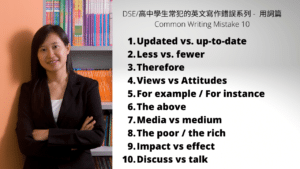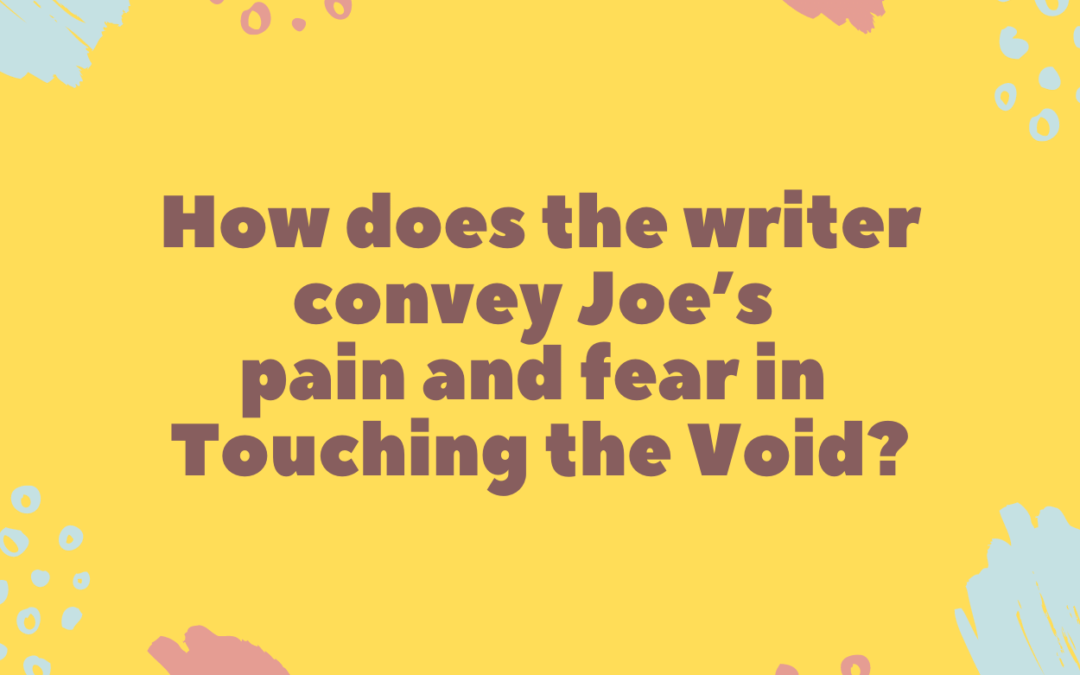
IGCSE Touching the Void by Joe Simpson and Simon Yates Model Essays Question 05
Edexcel English IGCSE: Touching the void by Joe Simpson and Simon Yates
Q5. Compare Joe and Simon’s reactions to the accident in ‘Touching the Void’.
You should think about the following:
- the men’s emotions;
- the men’s assumptions about what will happen next;
- the writers’ use of language techniques.
You should refer closely to the text to support your answer. You may use brief quotations.
Edexcel English IGCSE Model Essay by an Expert
Whilst both men react to the accident with apparent calmness and rationality, Joe feels that he is very close to panicking, because of his closeness to death. Simon, on the other hand, does not react emotionally.
When considering the outcome of the accident, Joe and Simon have quite different emotional reactions. As the one who is most likely to die as a result of the accident, Joe experiences a wide range of emotions, including confusion, fear and hopelessness. Simon, however, remains apparently unemotional and rational. For example, Joe’s “thoughts raced madly”, showing that he was unable to control the thoughts going through his head. He experiences a “dark thought”, which is that his leg might be broken; the metaphor of darkness shows that the thought is pessimistic, but also shows that it is mysterious and not quite accessible. This reflects his inability to think clearly. In contrast, Simon remains clear-headed and rational. His account includes more description of his actions than his emotions, showing that he reacts to the accident with rational action. This is portrayed through the repeated pattern of the first person pronoun followed by a verb: “I knew”, “I waited”, “I began” and “I kept”, for example. This shows that he is more focused on acting appropriately than on identifying and reacting to his emotions.
Both men recognise the life-threatening nature of the accident, but, understandably, Joe feels more panicked than Simon about what will happen next. Joe’s realisation that he may have to be left behind is expressed in panicky terms. Very brief questions – “Left here? Alone?” – reflect his terror at the idea that he could be left behind to die. He stays silent because he is “teetering on the edge” of panic, which shows his closeness to complete loss of rationality. In contrast, Simon considers the situation with almost heartless level-headedness. The triple structure in the sentence beginning “I knew where we were…” shows his logical progression of thoughts, culminating in the shocking realisation, “he was dead”. He thinks calmly through the possible options and outcomes of the accident, including Joe falling to his death and Simon going to help him. Unlike Joe, who is almost consumed by fear, the idea of dying while attempting to rescue Joe “didn’t frighten” Simon. This is perhaps an irrational reaction in itself.
This passage offers an insight into two quite different reactions to a potentially catastrophic event. Joe is open about his struggle to remain coherent in the face of his fear, whilst Simon seems to repress his emotional reactions while considering the logical outcomes of the accident.






